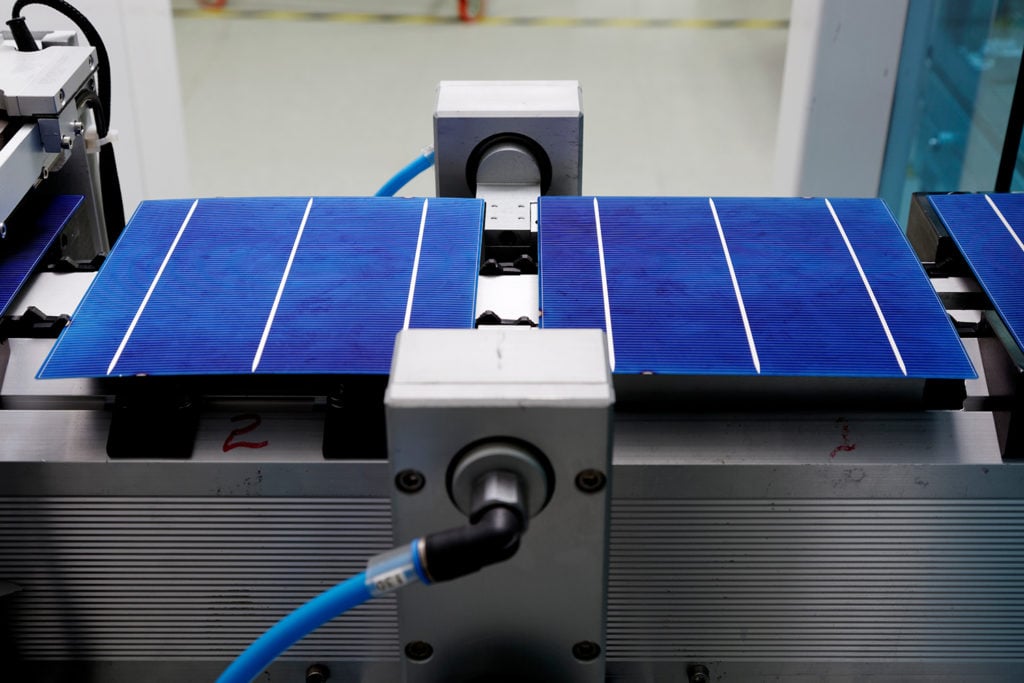
The Indian Ministry of New and Renewable Energy (MNRE) has added 4.8GW of annual solar cell nameplate capacity to its Approved List of Models and Manufacturers (ALMM) List-II.
This is the first update of the solar cell ALMM list that was launched in August 2025, with 13GW of annual nameplate capacity across six manufacturers. The ALMM is a government-led list of solar manufacturers, primarily Indian-based, whose solar products are eligible for use in government-supported projects.
Try Premium for just $1
- Full premium access for the first month at only $1
- Converts to an annual rate after 30 days unless cancelled
- Cancel anytime during the trial period
Premium Benefits
- Expert industry analysis and interviews
- Digital access to PV Tech Power journal
- Exclusive event discounts
Or get the full Premium subscription right away
Or continue reading this article for free
The first update includes two new solar manufacturers, although both are part of the utility Tata Power. Most of the capacity added to the list is for Mono passivated emitter rear contact (PERC) cells, with TP Solar’s enlisting nearly 4.5GW of annual capacity and Tata Power Renewable Energy 280MW. A second entry from TP Solar also adds 53MW of tunnel oxide passivated contact (TOPCon) solar cell capacity.
The average cell efficiency for TP Solar’s PERC and TOPCon cell production is 23.25% and 23.3%, respectively, while Tata Power Renewable Energy’s PERC cells have an average efficiency of 22.89%
The two facilities from TP Solar are located in the southernmost state of Tamil Nadu, while the Tata Power Renewable Energy cell processing plant is located in the nearby state of Karnataka.
These solar cell manufacturing plants join the already approved capacity from PV manufacturers Adani, Emmvee, Premier Energies, Mundra Solar, ReNew and Jupiter International, alongside First Solar’s 3.2GW cadmium telluride thin-film capacity.
Most of the capacity enlisted in the ALMM List-II comes from PERC technology, with almost 11.2GW, while nearly 3.5GW of nameplate capacity covers TOPCon solar cells.
The solar cell list comprises more than half of the operational capacity for solar cells in India, which has grown drastically in the past few months. Data from MNRE earlier this year showed how the annual nameplate capacity for solar cells trebled from 9GW to 25GW between March 2024 and March 2025.
The update comes only days after the government unveiled a plan to add wafers to the ALMM starting from June 2028. The move has been welcomed by Indian solar manufacturers, with Premium Energies’ chief business officer Vinay Rustagi telling PV Tech that the move was much-needed and a logical next step for the country to be self-reliant in solar manufacturing.
“We believe that the policy is very well thought out and is aligned with the government’s intent,” said Rustagi.
The company partnered with wafer producer Sino-American Silicon Products Inc (SAS) in May of this year to build a wafer plant with a 2GW annual nameplate capacity in the southeast Indian state of Andhra Pradesh.
Moreover, the ALMM list for modules, which was first introduced in 2021 for solar PV, reached the 100GW annual nameplate capacity milestone this summer. In the past four years, the list has grown from having 21 registered module manufacturers in the ALMM to 100, operating 123 separate manufacturing plants






